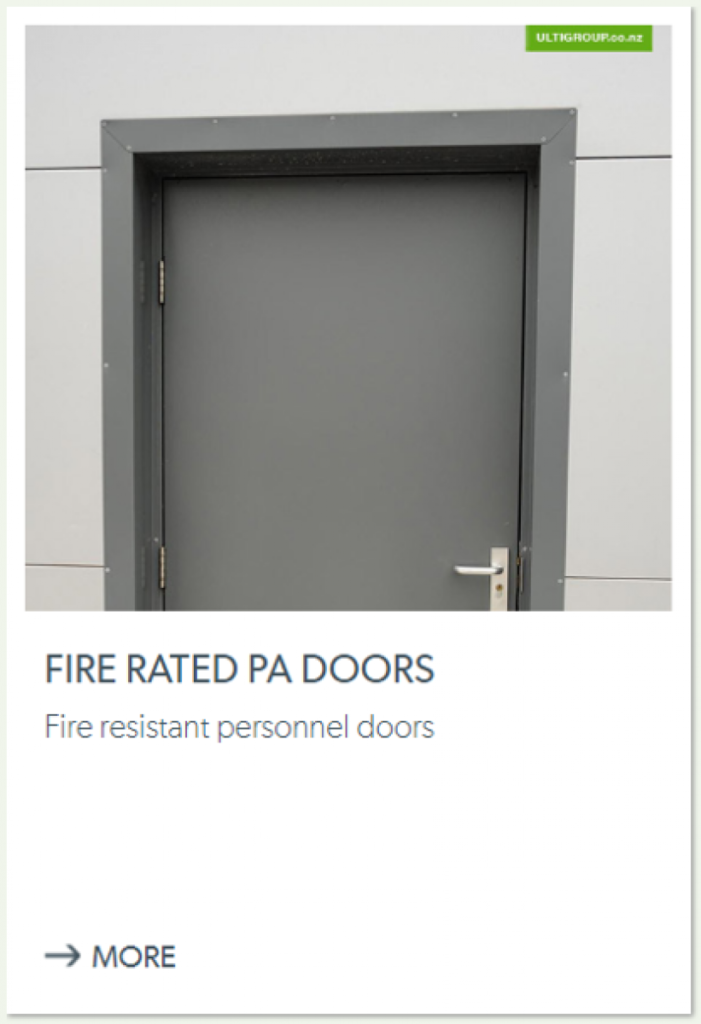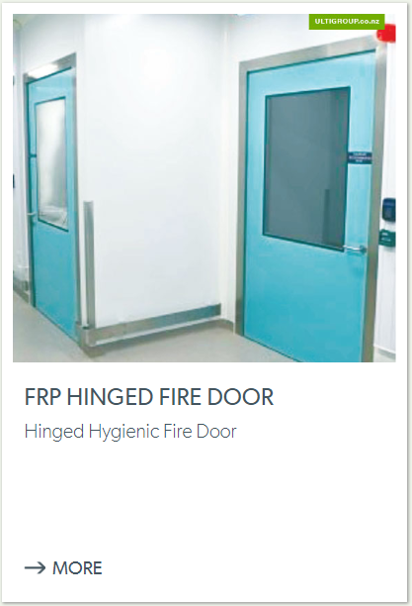European VS NZ Fire Resistance Ratings: What’s the Difference?
- April 2019
- Blog, Informational
- 2 minutes
Fire resistance is an important property measured in the construction of buildings. It is the ability of a material and its assemblies to withstand the effects of fire and prevent or slow the passage of flames, hot gases smoke or excessive heat throughout a building.Several components of a building including its roof, walls, columns, ceilings, floors and doors should pass a required or standard rating for fire resistance. Although different countries have different standards, they basically test the same fundamental things – the period of time by which a particular building component can withstand a specific fire intensity while maintaining its structural integrity, and and slowing heat and smoke transfer.

 In this article, we will be comparing European Standard in Fire Resistance and the New Zealand Fire Resistance Ratings for doors.In the European Standard (EN 13501), building structures are tested using either (R)EI method EN 1365-2 for load-bearing systems or EN1364-2 for non load-bearing systems, such as doors.R – refers to the load bearing capacity of the element and shows its strength and stability (Resistance to collapse)E – refers to the integrity of the element and shows its ability to contain flames (Resistance to fire penetration)I– refers to insulation or the ability of the element to contain heat. (Resistance to the transfer of excessive heat)So an element fulfilling all these criteria for 30 mins would be classified as REI 30.
In this article, we will be comparing European Standard in Fire Resistance and the New Zealand Fire Resistance Ratings for doors.In the European Standard (EN 13501), building structures are tested using either (R)EI method EN 1365-2 for load-bearing systems or EN1364-2 for non load-bearing systems, such as doors.R – refers to the load bearing capacity of the element and shows its strength and stability (Resistance to collapse)E – refers to the integrity of the element and shows its ability to contain flames (Resistance to fire penetration)I– refers to insulation or the ability of the element to contain heat. (Resistance to the transfer of excessive heat)So an element fulfilling all these criteria for 30 mins would be classified as REI 30.
There are other categories in the European classification system for fire resistance including Radiation Control (W), Mechanical Resistance (M), Self Closure (C), Smoke Leakage (S) and Fire Protection (K).(Source)
Non load-bearing elements such as doors and some walls are checked for Integrity (E), Insulation (EI), Radiation (EW) and Mechanical Action (M).
Check out our Range of Fire Doors >
In New Zealand, the fire resistance rating system is stated in the New Zealand Building Code (NZBC) under passive fire protection systems,and is determined by a fire-resistance test of elements of construction and (NZS/BS 476.20:1987) Fire tests on building materials and structures.The fire resistance of a building element is described by a fire resistance rating (FRR) (e.g.60/60/60) composed of three properties which are measured in minutes – structural adequacy/stability, integrity and insulation. Structural adequacy or Stability refers to the ability of a building element to support a load and only applies to load bearing elements of a structure such as walls, floors and columns. Not applicable with doors, as they are not load bearing elements.Integrity refers to the ability of a building element to prevent the passage of flames and hot gases to the other side of the structure or non-fire (unexposed)face.Insulation refers to the ability of the building element to limit the temperature rise on the other side or non-fire (unexposed) face.The ratings for each of these category is measured in minutes. So a load bearing wall can have an FRR of 60/60/60 which means that the wall can withstand fire and support a load for 60 minutes (stability), prevent the passage of fire for 60 minutes (Integrity), and limit temperature rise on the other side for 60 minutes (Insulation).
A smoke control door will have an SM added to the FRR, for example, -/60/30 SM. To comply with the SM classification, the door must be a fire door with smoke seals or solid cored (if timber cored, not less than 35 mm thick) fitted with smoke seals.Source

